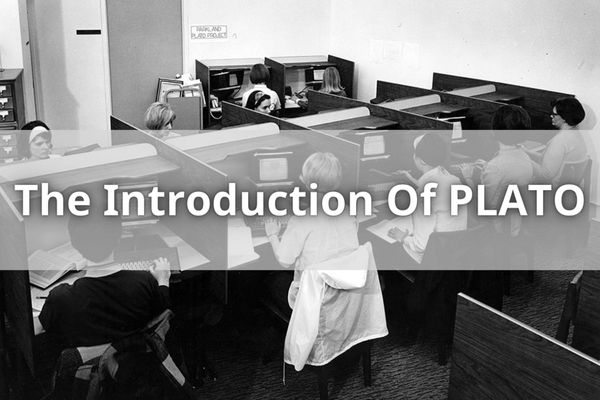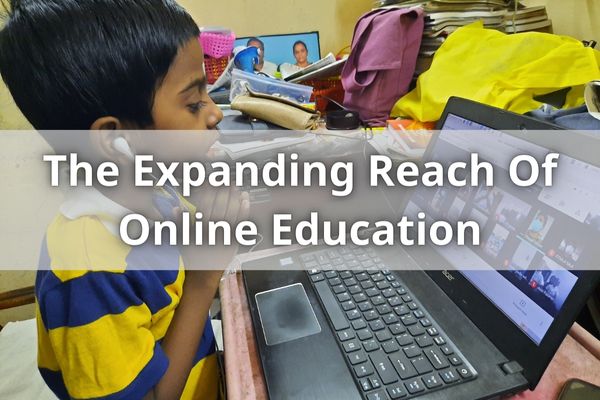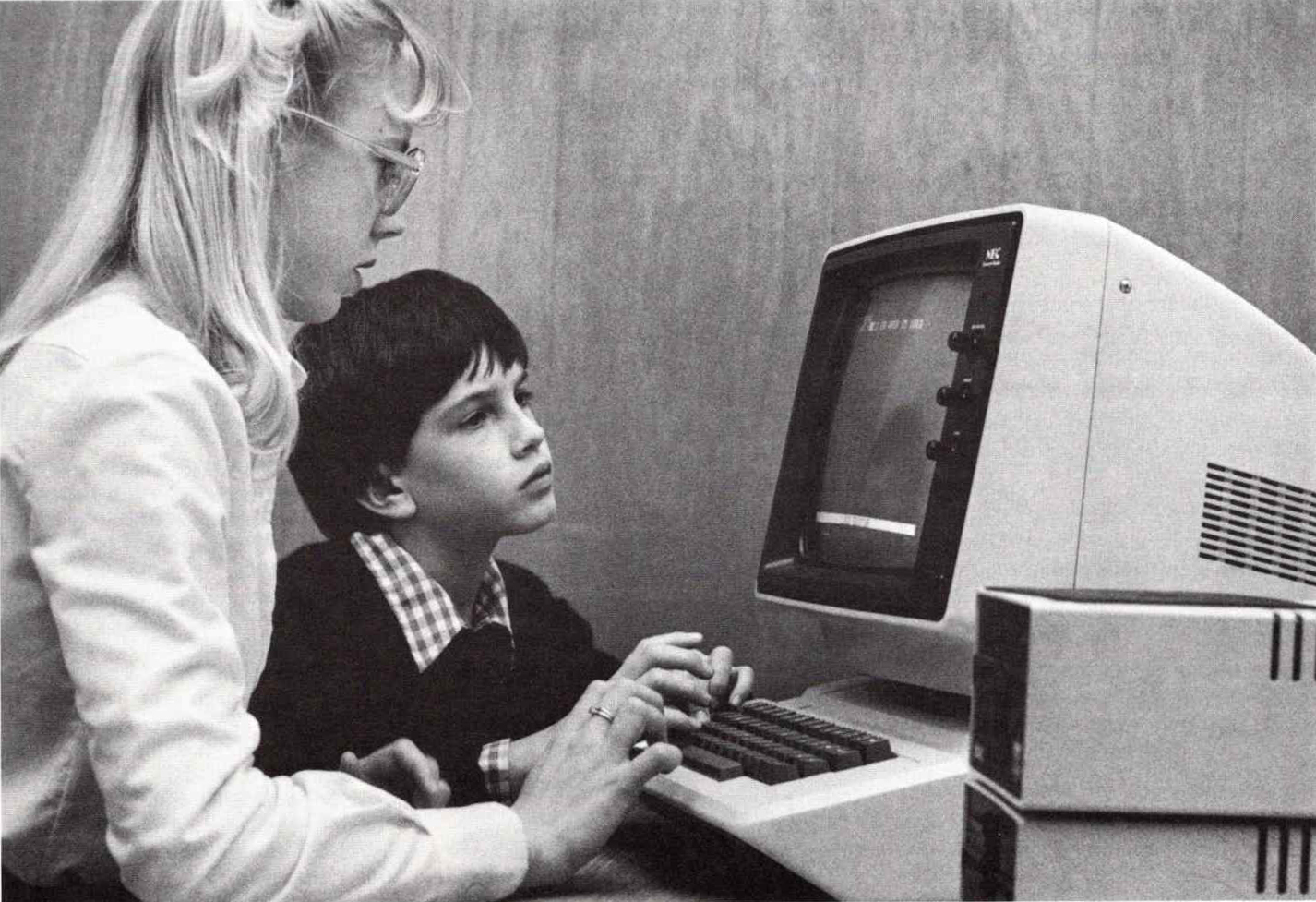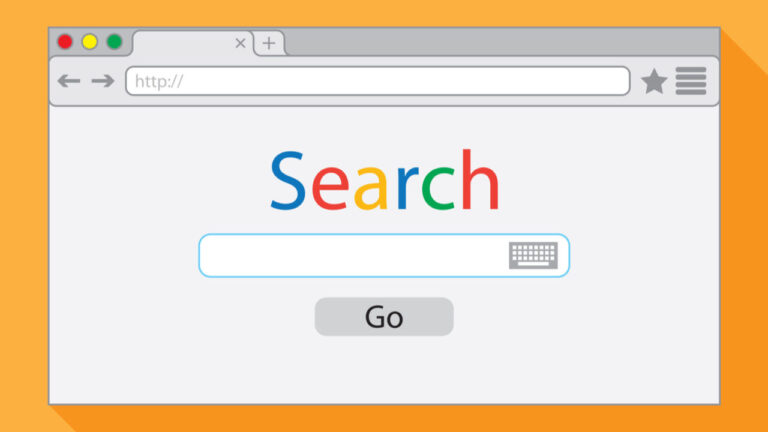Early Beginnings Of Online Education: History Of Online Education
I remember the days when online education was just beginning to take off. It seemed like such a strange concept, but I couldn’t help being intrigued by it. In today’s world of technology and digital learning tools, it’s hard to imagine life before online education became popular. However, against popular belief, the history of what we now refer to as online education goes back deeper than most people are aware.
This article will examine the development of online education since its start and will highlight some of the early beginnings and milestones for where we are now. We’ll look at how these visionary individuals paved the way for future generations of students to learn remotely and open up educational opportunities in ways never thought possible before.
The Introduction Of PLATO

I’m sure I’m not the only one who remembers, with a blend of nostalgia and dread, being assigned to take an online course in college. Yet that wasn’t always the case – before computers were networked together and used for educational purposes, there was PLATO (Programmed Logic for Automatic Teaching Operations).
It’s hard to believe this technology existed as far back as 1960; it is widely credited as the first system devoted to providing distance education. PLATO was developed by University of Illinois professor Don Bitzer using funds from the National Science Foundation. He created it so students could access course materials remotely via computer terminals located off-campus or at other universities.
The original version featured message boards, discussion groups, quizzes and other game-like activities designed to help learners engage with their studies more effectively. By 1976, over four hundred colleges had established at least one terminal on their campus connected to PLATO – making it arguably one of the earliest forms of online education!
The influence of PLATO in e-learning certainly paved the way for future developments in distance learning such as correspondence courses offered through mail order catalogs like Sears Roebuck & Co. A transition began where educators sought ways to make studying beyond physical boundaries easier than ever before; now we can see how much those early efforts have paid off today…
The Adoption Of Computer-Based Learning
I had just discussed the introduction of PLATO as one of the earliest online education systems. But, what followed was even more revolutionary – the adoption of computer-based learning.
The late 70s and early 80s saw a surge in computers being used for educational purposes such as e-learning on DOS and Commodore 64 computers.
By mid 1990s, universities began to incorporate software like Blackboard into their course offerings which allowed students to access study material remotely from anywhere with an internet connection.
Our capacity to employ technology for teaching and learning increased as the technology itself did. Massive Open Online Courses (MOOC), which were accessible to anybody with an internet-connected device, and smartphones both became widespread.
This new form of distance learning made it possible for people around the world to access knowledge otherwise unavailable due to geographical or financial constraints.
This dawned a new era of educational opportunities that extended beyond physical classrooms – making quality instruction accessible globally!
The Emergence Of Distance Learning
In the early 1990s, distance learning began to emerge as a viable form of education. It was enabled by technological advancements in telecommunications and computer technology at the time. Correspondence courses had existed before this point, but they lacked interactivity compared to what modern tech allowed for. This new type of education was dubbed “distance learning” and focused on using asynchronous communication methods like email and discussion boards to deliver course materials instead of traditional face-to-face instruction.
The University of Wisconsin was one of the first institutions to offer fully online courses in 1994, with other universities soon following suit. Instructional videos, web lectures, virtual classrooms and streaming audio were now part of the curriculum which made distance learning much more interactive than it ever been before. The World Wide Web provided an easy way for students from all over the world to connect with each other and access course material anytime they wanted – something that even correspondence courses couldn’t provide!
Distance learning has come a long way since its inception in the 90s. Today, there are countless programs available both online and off that allow individuals to pursue higher education without having to attend physical classes or lectures. Distance learning has become increasingly popular as well due to its flexibility and convenience – allowing people who would otherwise not have access to higher education opportunities because of geographical limitations or financial constraints do so easily.
With these advantages in mind, it’s no surprise that many educational institutions around the globe are taking advantage of this technology to better serve their students.
Looking ahead, we can see how far online education has come already–and where it may be headed next: towards the rise of online universities offering full degrees through digital channels alone.
The Rise Of Online Universities
The dawn of the internet age brought about a new kind of learning – online education. As technology advanced, universities around the world began offering courses and even entire degrees via the web.
From MIT to the University of Phoenix, educational institutions realized that they could reach far more students by expanding their offerings onto the worldwide web. Online programs range from free classes open to anyone with an internet connection, to degree-granting courses available at a fraction of the cost associated with traditional on-campus tuition.
This has enabled universities to expand their student base significantly, allowing them to serve hundreds or thousands more students than would have been possible in person alone. In recent years, we’ve seen a surge in enrollment for these online education options as more people recognize their value and ease of access.
With no need to commute or purchase expensive textbooks, countless individuals are taking advantage of this unique opportunity for higher learning regardless of geographic boundaries or financial constraints. As such, online education is quickly becoming one of the most popular forms of instruction available today.
The Expanding Reach Of Online Education

I had always been curious about the idea of online learning, and it was fascinating to see how far things had come since the days of correspondence education.
With televised college classes becoming increasingly popular by the mid-1990s, postsecondary students had more access than ever before to course materials from around the world.
This paved the way for independent study courses, which could be completed at one’s own pace without leaving home. The possibilities were endless—students could take a class in subjects that weren’t usually offered on campus or at their local community college.
They also didn’t have to worry about commuting long distances or taking time off work to attend lectures during set hours. It quickly became clear that this new form of distance education was here to stay.
By 1997, many universities began offering online degree programs and certificate courses in addition to their traditional offerings, making higher education available to even more people across the globe.
This marked an important milestone in the evolution of online learning as we know it today; with no barriers to entry other than internet access, anyone could learn something new regardless of where they lived or what resources they had available.
And so our journey continues…
The Development Of Massive Open Online Courses (MOOCs)
It was only a matter of time before online education leapt into the modern era and truly began to revolutionize learning. With the emergence of Massive Open Online Courses (MOOCs), students around the world have been able to access an unprecedented number of online classes, providing them with more flexible options for pursuing their educational goals.
This new wave of technology has enabled higher education programs to offer courses that were not available before, opening up pathways to knowledge previously closed off due to distance or cost constraints. The impact of MOOCs on online education is hard to overstate; in just a few years since their inception, they’ve become so popular that millions of people are now taking advantage of these opportunities every day.
From elementary school children who want extra practice with arithmetic problems to college graduates looking for job-specific skills training – it’s no surprise that more and more individuals from all walks of life are turning to this form of learning as a fast track solution. As we continue our exploration into how virtual classroom technologies are transforming education, it’s worth noting that MOOCs have played a key role in paving the way forward.
While many challenges still remain when it comes to making sure everyone has equal access to quality instruction, there is no doubt that these advances have laid down strong foundations upon which future innovations can be built. Transitioning away from MOOCs though, let us take a closer look at how virtual classrooms provide even greater potential for connecting learners everywhere.
The Emergence Of Virtual Classroom Technology
The development of Massive Open Online Courses (MOOCs) has revolutionized the way we access education. The emergence of virtual classroom technology was an important milestone in this evolution, as it enabled students to learn from anywhere and at any time. In order for this technology to become available online, many developments had to take place over a period of decades.
In 1873, the University of Phoenix became the first institution to offer distance learning courses. This paved the way for other methods of remote teaching, such as radio and television broadcasts. As computer assisted learning centers began to emerge, more educational institutions started taking advantage of the internet’s potential for delivering information remotely.
Today, virtual classroom technologies have made it easier than ever before for people all around the world to gain knowledge without having to attend physical classes or universities. Here are some key benefits that online learning can provide:
- Increased flexibility – Students can choose when they want to study rather than adhering to fixed timetables;
- Cost savings – Since there is no need for travel or accommodation expenses, course fees are usually much lower;
- Enhanced convenience – People can access resources whenever and wherever they want using their laptop or smartphone;
- Improved engagement – Participants feel more involved in the process since they can interact with instructors and classmates in real-time through audio/video conferencing tools like Zoom.
With its numerous advantages, virtual classrooms have enabled us to make great strides towards achieving our educational goals faster and more effectively than ever before. Now let’s examine how social media has impacted on modern day learning experiences.
The Impact Of Social Media
The impact of social media on the early beginnings of online education has been profound. Before the Covid-19 pandemic, universities like The University of Iowa were already using digital technology to advance their courses and broaden access for students around the world. However, with the global health crisis came an unexpected demand for more online learning options which had to be met quickly.
| Pros | Cons |
| Increased accessibility & affordability | Technical issues |
| Reduced costs and overhead expenses | Lack of personal contact between teachers/students |
| More flexible learning opportunities | Difficulty adjusting from in-person classes to online ones |
| Immediate response to demands of the current climate | Information overload due to lack of face-to-face instruction |
| An opportunity to improve outdated curriculums | Increased levels of stress for those unaccustomed to remote working environments |
As a result, many institutions have embraced this shift towards online learning as it is expected that virtual programs will continue even after the pandemic ends. This presents both challenges and advantages for both students and educators alike.
With increased accessiblity comes greater possibilities but also new complex technical problems which must be addressed. In addition, there are benefits such as reduced costs and immediate responses tailored specifically to each student’s needs yet these need to be balanced against potential information overload or difficulty transitioning away from traditional classrooms settings.
Despite this however, overall online learning is here to stay as its various pros outweigh any cons presented by its implementation in educational systems today. Moving forward then, understanding how best we can use it while taking into account all aspects discussed above will help us reap maximum benefit out of it – something that could not have been imagined before at the start of our journey exploring early beginnings of online education.
The Benefits Of Online Education

Today, there are numerous advantages to taking an online course. With the growth of technology and modern advancements, more students than ever before have access to a vast array of online courses available from open universities all over the world. In fact, according to recent studies, it is estimated that over one million students alone take part in some form of online distance learning each year.
The benefits of online education include:
- Flexibility – Students can often choose when they want to work on their classes or assignments without having to worry about attending lectures at set times or days;
- Cost – Online courses tend to be significantly cheaper than traditional college courses due to lower overhead costs for materials and resources;
- Variety – There are many different types of courses offered by self-paced and accredited institutions which provide specialized knowledge not easily found in traditional educational settings; and
- Convenience – Most online courses offer 24/7 virtual assistance from instructors so that help is always just a few clicks away!
Finally, with such great options for furthering your education from home, it’s no wonder why more people are turning towards the digital age for higher learning opportunities today. These advantages make taking an online course an ideal choice for those seeking quality education without committing full time hours or funds into physical classrooms.
The Challenges Of Online Education
When I think of the early days of online education, it’s hard not to feel a bit nostalgic. Before we had access to platforms like Udacity and Coursera, getting an accredited degree was quite difficult if you weren’t able to attend classes in person.
It wasn’t until 1989 that US News & World Report wrote about the first formal online program at Jones International University—it was offered via postal mail! This paved the way for more universities to offer online courses and degrees, but accreditation was still far from perfect.
The biggest challenge in those early years was getting an accurate measure of student engagement with course materials. Without being face-to-face with professors or classmates, it became much harder for students taking classes remotely to demonstrate mastery of certain topics. Some universities even went as far as using proctors during exams, which negated some of the convenience associated with distance learning.
Thankfully, modern technology has made remote learning more reliable than ever before. Platforms like Udacity are constantly innovating ways to make sure their students get quality educational experiences without sacrificing any of the benefits associated with studying outside traditional university settings.
As such, these advancements have enabled us to move away from outdated methods towards a more comprehensive approach that meets today’s standards for higher education. Moving forward into the future of online education brings new opportunities and considerations worth exploring further.
The Future Of Online Education

It’s incredible to think that online education has now become a major part of the modern educational experience. As technology continues to evolve and improve, so too does our ability to access learning materials from anywhere in the world.
The University of Illinois is just one example of a school leading the charge with new technologies for their online students. Colleges and universities across the globe are utilizing these tools more than ever before, allowing them to provide consistent quality instruction regardless of location or background.
Students have unprecedented freedom when it comes to pursuing their academic goals, without sacrificing any aspect of traditional classroom instruction.
The future looks bright for online education as many schools create innovative ways to expand opportunities for those interested in taking advantage of this type of learning environment. With continued advancements in technology, we can only expect further growth in accessibility and convenience for both teachers and learners alike.
Conclusion
Online education has come a long way since its early beginnings. One notable contribution during this era was the introduction of bulletin board systems for online learning. As more and more colleges offer online degrees, it’s becoming an increasingly popular option for learners of all ages. While there are some costs associated with taking online courses, most people find that the benefits outweigh any expenses.
I now feel confident in being able to make an informed decision about whether or not to pursue an online degree. If you’re interested in learning more about how to go about selecting a quality program and what resources are available to help you succeed, don’t hesitate to reach out and get started on your educational journey!







